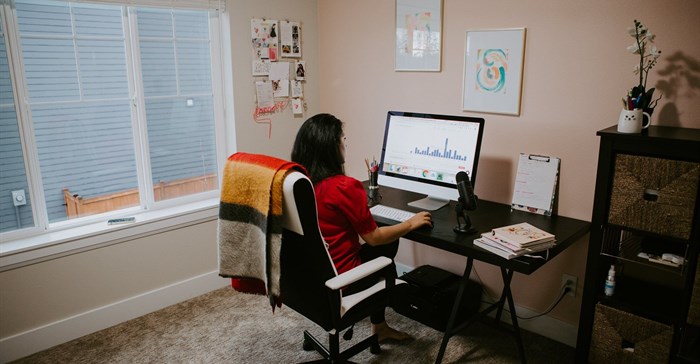To recap, in parts one and two I've suggested ways to broaden creative thinking using language probes and how this can help with customer-led innovation. Let's reframe this idea of outside-in thinking. In the last year, we've been doing some research on the tourism industry, on how first-time visitors from abroad discover and decide on destinations, what they do when they arrive, and how they share their experiences when they're back home. (An example that clearly has a different resonance now compared to when I originally wrote this some months ago but bear with me.)
When trying to understand more deeply the moments that matter in a customer’s ‘journey’, it occurred to me that countries fall into the same trap of inside-out thinking in how we market destinations.
Why are we so preoccupied with selling destinations along administrative divisions, i.e. provinces or states? Looking at this, I examined my own personal trip research over the years, and very rarely did those boundaries factor into my thinking or planning. So, I started sense-checking my experiences by asking visiting tourists as I met them locally, which confirmed my initial hypothesis.
Relating to South Africa, what if we redrew our province boundaries from an outside-in perspective?
Imagine a time BC (before corona). To a visitor planning a trip South Africa initially looks like a single blob of land with maybe some key cities located in their mind. This excludes the very real possibility that they are planning a multi-country trip – SA, Namibia, Mauritius was the itinerary of a tourist couple I spoke to last year.
As they do more research, the country starts to take shape along experience lines, places to visit, things to see. Based on Google search of five websites’ suggested itineraries, I redrew a map that reflected these experience *zones (in colour) to imagine how South Africa would look to an “outsider”.
This way of reframing destination research could impact the way in which a country organises and delivers on tourism experiences. Imagine having adventure tourism or birding units set up to co-ordinate across administrative boundaries to deliver the best visitor experience possible? Or a cross-functional unit that focuses on road trips? The consequence of these outside-in structures could radically transform the way tourists experience the country, not to mention a more efficient way to scale and share resources.
While it would be really interesting to try this, the bigger takeaway is to use this lens as a new way to see your organisation. To an outsider, your functional departments are not too dissimilar to provinces. How could one transform a brand promise delivery system into a set of integrated journey-stage based teams? Imagine your potential customers as tourists.
With this perspective in mind let’s revisit journey maps as tools for deeper customer insight. Constructing customer journey maps using ethnographic or design-thinking approaches – IDEO calls this “deep hanging out” – can help expose unarticulated challenges in your customers’ lives which could be improved or enhanced by a reconfiguration of products, services, and service delivery systems into these “tourism-style clusters”.
One final thought-bomb and a caution: Alfred Korzybski presented the idea that the “map is not the territory”. Put another way, “the description of the thing is not the thing itself … A map is an abstraction of reality and reduces complexity of actual terrain to a simplified model which loses nuance and critical context.” When drawing up a customer journey map, it must be based on customer truths rather than a fairy-tale-like depiction of how we would like customers to interact with the brand, so that interpretation and context travel with a map in the form of customer stories, videos, photographs or other artefacts.
Getting as close as you can to the problem helps inform how to solve for it. Thanks to this kind of outside-in thinking, Joe Gebbia, co-founder and chief product officer of Airbnb developed the revenue-boosting host photographer programme: “We used to travel and actually stay with our customers. It was the ultimate enlightened empathy – you were so close to the people you were designing for that it informed you in a way that, you know, an online survey never would.”
So, what’s next? GOOTB - Get out of the building. When we get back to new normal, get up, walk away from your desk and go watch, listen, or even talk to some customers, without any specific agenda. Digitally-based customer listening can be done by reading through live chat transcripts, customer comments, tweets or listen in to contact centre calls – these are easy places to begin with. Start practising the art of outside-in innovation. Pretty soon you’ll see things that aren’t reflected in research documents or analytics data.
*Huge disclaimer: this is purely to illustrate the concept of outside-in thinking and in no way is intended to be a reflection of tourism activities in regions not represented.













































![Experience design thinking: A fish called wonder [Part 1]](https://biz-file.com/c/2002/537315-120x120.jpg?2)


![Experience design thinking: A desk is a dangerous place from which to watch the world [Part 3]](https://biz-file.com/c/2004/551989.png)
![Experience design thinking: A desk is a dangerous place from which to watch the world [Part 3]](https://biz-file.com/c/2004/551992.png)

